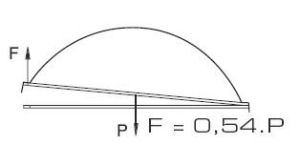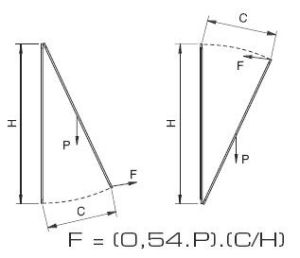Technical remarks
How to choose the right actuator for your window
The selection of the right product to automate a window or a shutter is an important decision that allows to obtain the maximum result.There are mainly two types of actuators for windows: those with rigid thrust rod and those with chain. The former can offer great performance and high loads but have a space requirement (rear), both physical and aesthetic, which is not always acceptable. The actuator has to rotate, therefore it is necessary to verify that there are no hindrances to its rotation. In this way, damages to the actuator itself or to the window can be avoided. The latter are mainly chain actuators and can develop a lower thrust power, but offer in contrast a limited space requirement, as well as a better aesthetic and functionality. Most of windows that can be opened, have reduced dimensions and therefore allow the application of any type of actuator. The use of chain actuators on top hung or bottom hung windows having a reduced height (lower than 80 cm) has to foresee the installation of a special support with swivel brackets. In this way, the flexion of the chain behind its elasticity limit is avoided. For windows having a width larger than 1.5 - 2 meters, a single actuator is not enough. The action of wind, the weight of the window and the safety of installation require the application of more than one actuator with a synchronisation device. To ease the selection of the actuator’s type to be installed, you may refer to the simplified formulas provided here below

Horizontal domes or skylights
F = Force necessary for opening and closing
P = Weight of the skylights or domes (only movable part)

Top hung windows (a) or bottom hung windows (b)
F = Force necessary for opening and closing
P = Weight of the window (only movable part)
C = Window opening stroke
H = Window height